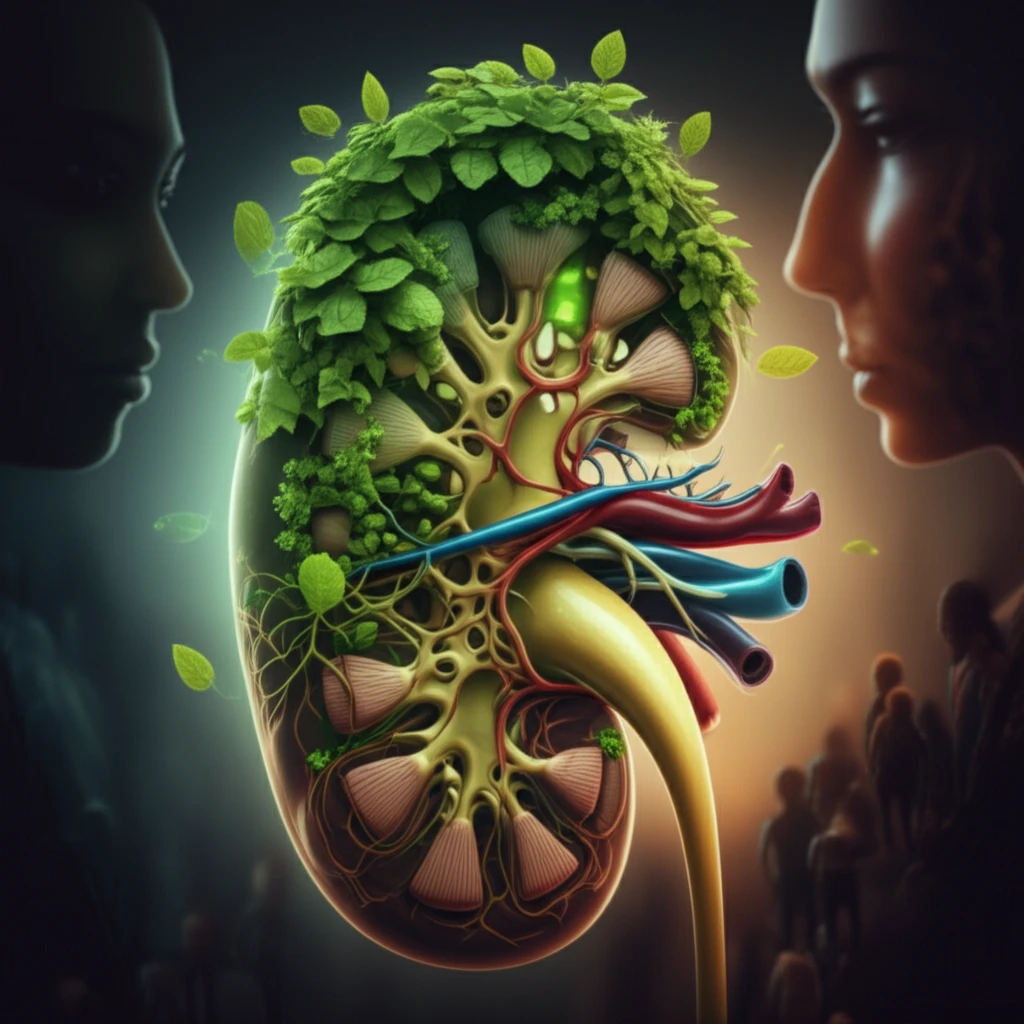
Decoding Acute Kidney Injury: A Guide to Causes, Risks, and Recovery
"Learn about the common causes of AKI, who is at risk, and how early intervention and management can improve outcomes."
Acute Kidney Injury (AKI) is a sudden decrease in kidney function that can quickly lead to serious health problems. AKI happens when your kidneys can’t filter waste from your blood as well as they should, causing waste to build up. It is a challenging condition because it can be difficult to detect early on, it is often hard to study, and it leads to significant sickness and death.
The causes and outcomes of AKI vary a lot depending on where you live. In wealthier countries, AKI is often seen in older adults who already have other health issues and are in the hospital. In these cases, access to advanced treatments like renal replacement therapy (RRT) is crucial. But in many parts of the world, especially in developing countries, AKI is often linked to poverty and preventable infections, toxic substances, or complications during pregnancy.
This article breaks down the key findings from a study on AKI in a hospital in Cameroon. The goal is to provide clear, helpful information about AKI that everyone can understand, offering valuable insights into how AKI affects different populations and what can be done to improve care and outcomes.
What Causes Acute Kidney Injury?

AKI can be caused by a number of factors, which can be categorized into three main groups: pre-renal, renal, and post-renal causes.
- Infections: Bacterial infections like septicemia, urinary tract infections, gastroenteritis, and pulmonary infections accounted for a significant number of cases.
- Toxins: Exposure to nephrotoxic drugs and herbal concoctions were also major contributors.
- Volume Depletion: Conditions leading to dehydration and hypovolemia.
- Obstetrical Issues: Pregnancy-related complications such as eclampsia.
- Tumors: Tumors in the pelvic region leading to obstruction.
- Malaria: Malaria-related AKI was notable, especially among pediatric cases.
The Big Picture
AKI continues to pose a significant health challenge, especially in resource-limited settings. The study from Cameroon highlights that infections and nephrotoxins are major risk factors, and many patients require dialysis. By focusing on prevention and early treatment, healthcare providers can significantly improve outcomes and reduce the burden of AKI.
